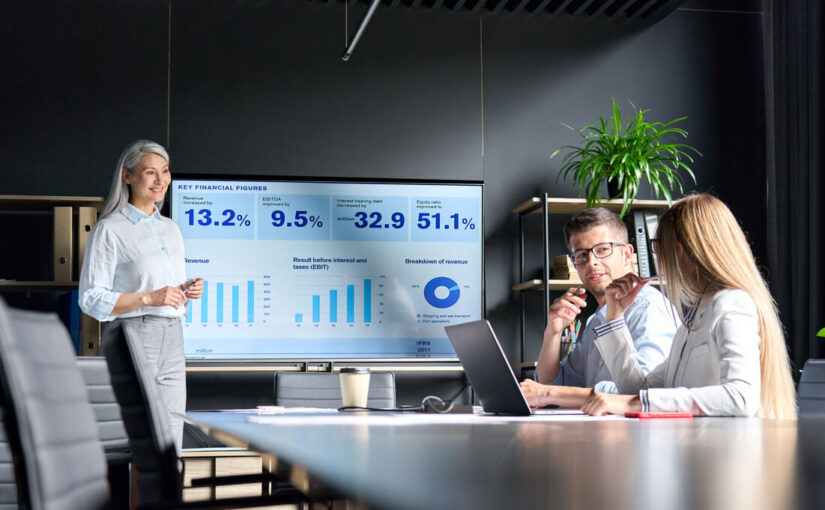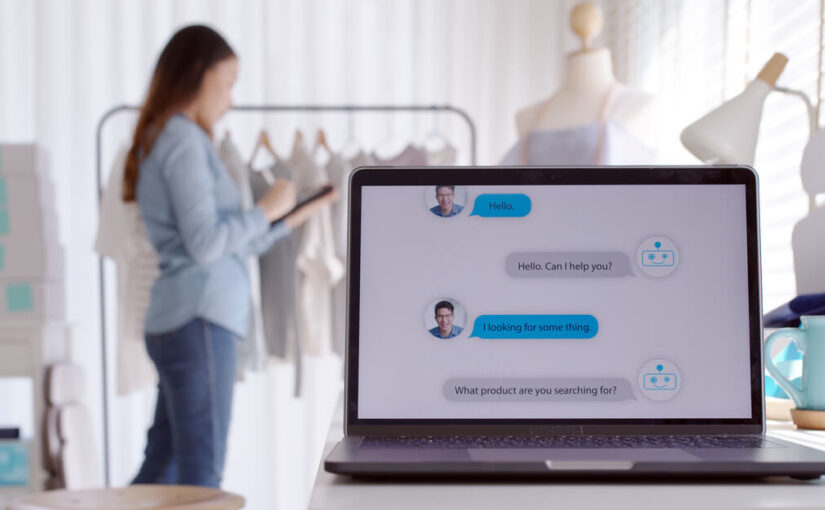The Power of Data: Can Big Data Predict Love and Relationships?
In recent years, the use of big data has become increasingly prevalent across industries. From healthcare to finance, data is being used to make more informed decisions and gain insights into complex systems. But can big data also predict love and relationships? In this article, we will explore the ways in which data is being used in the realm of dating and relationships, and whether or not it can accurately predict the success of a romantic relationship.
The Role of Data in Online Dating
Online dating has become a ubiquitous part of modern romance, with millions of people turning to dating apps and websites like www.bangsexting.com to find love. These platforms rely heavily on user data to make matches and recommendations. By analyzing user behavior, preferences, and other data points, dating apps like Tinder and OkCupid are able to suggest potential matches that are more likely to be compatible.
For example, some dating apps use machine learning algorithms to analyze user interactions and preferences. This allows the app to suggest potential matches based on factors like shared interests, common friends, and even physical attributes. These algorithms are designed to learn and improve over time, becoming more accurate in their predictions as more data is collected.
The Science of Love
But what about predicting the success of a relationship? Can data really be used to determine whether two people are a good match? According to some researchers, the answer is yes.
In a 2013 study published in the journal Proceedings of the National Academy of Sciences, researchers analyzed the online dating behavior of over 1 million users. By looking at factors like message content and response rates, the researchers were able to predict the likelihood of a successful match with a high degree of accuracy.
Other studies have found similar results. For example, a 2018 study published in the journal Psychological Science found that machine learning algorithms could accurately predict the long-term success of a relationship based on data like communication patterns and personality traits.
Challenges and Limitations
While the use of big data in predicting love and relationships shows promise, there are also significant challenges and limitations to consider. For example, relying too heavily on data can lead to a “paradox of choice” in which users become overwhelmed by the sheer number of potential matches and are unable to make a decision.
Additionally, not all data is created equal. Some factors, like shared interests or mutual friends, may be more predictive of relationship success than others. It is also important to consider the potential biases in the data being used. For example, dating apps may not accurately represent the entire population, and the data collected may be skewed towards certain demographics or geographic regions.
The Role of Human Connection
Finally, it is important to remember that data can only go so far in predicting the success of a romantic relationship. While data can help identify potential matches and make recommendations, it cannot replace the importance of human connection and chemistry.
Ultimately, successful relationships rely on a variety of factors, including communication, shared values, and physical attraction. While big data can certainly play a role in predicting compatibility, it cannot fully capture the complexity of human relationships.
The use of big data in predicting love and relationships is a fascinating and rapidly evolving field. While there are certainly challenges and limitations to consider, the potential benefits of using data to improve romantic outcomes are significant. As more data is collected and analyzed, we may see even more accurate predictions of relationship success in the future.
However, it is important to remember that data is only one piece of the puzzle when it comes to relationships. Ultimately, finding a compatible partner requires a combination of data analysis, intuition, and a willingness to take risks and make personal connections.





